By Cherie Saffold
On Sept. 20, within the gothic halls of Vanderbilt University’s Scarritt Bennett Center, the Center for Extracellular Vesicle Research held its annual retreat, featuring keynote speakers, poster sessions, panel discussions, and even the much-anticipated EV Jeopardy.
Each year, the retreat brings Vanderbilt’s EV community together to present their research, discuss new ideas, and enjoy each other’s company. This year’s theme was EV Cargoes: Functions and Biomarker Applications, and researchers spent the day discussing the types of biomolecular cargoes EVs contain and how EVs holding unique cargoes can be used as diagnostic tools.
The CEVR, founded and directed by Cornelius Vanderbilt Professor of Cell and Developmental Biology Alissa Weaver, enables high-impact extracellular vesicle research by providing funding opportunities and cutting-edge research equipment to Vanderbilt EV scientists. The center consists of over 20 laboratories spanning Vanderbilt University, all studying these cell-derived communicatory particles and their utility in translational medicine.
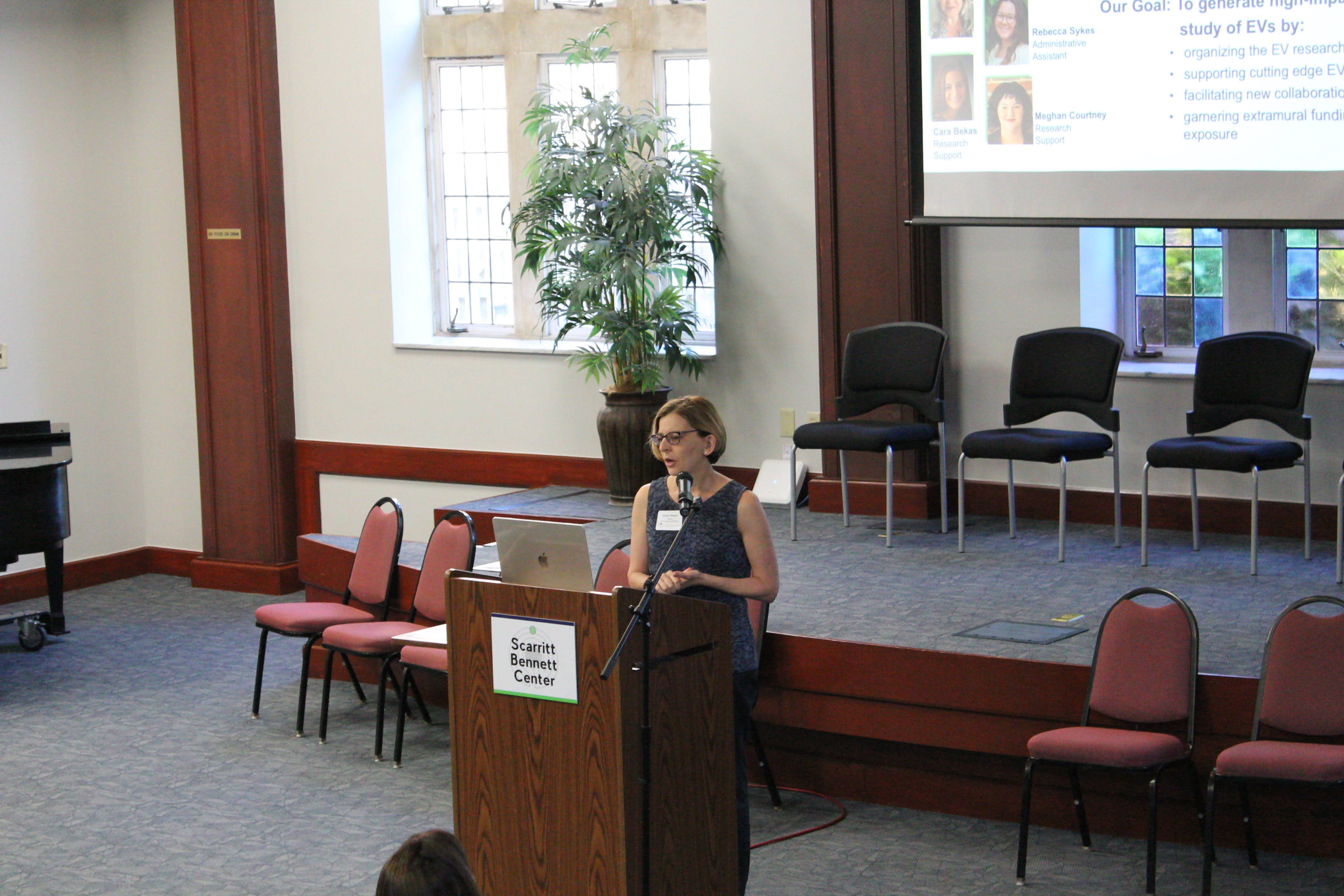
“Every year, I am always impressed [with the retreat],” Weaver said.
This year, the CEVR invited three EV field leaders as keynote speakers: Dolores di Vizio, professor at Cedars-Sinai Medical Center and associate editor for the Journal of Extracellular Vesicles, Saumya Das, professor at Harvard Medical School and advisory board member for the American Association of Extracellular Vesicles, and Honami Naora, associate professor at the MD Anderson Cancer Center. Their talks highlighted fundamental EV biology and translational EV applications.
di Vizio described large cancer EVs that can hold mitochondrial transcripts, proteins, and even whole functional mitochondria. Das discussed heart cell EV cargoes and how they reflect their cells of origin, suggesting that EVs in the blood could potentially help diagnose heart disease. Finally, Naora reviewed research that indicates that EVs containing the molecule CD147 are derived from cancer cells and could be an identifier of ovarian and renal cancers.
All keynote speakers highlighted their appreciation of the CEVR, as it is one of the few centers in the country dedicated solely to EV research. Before beginning her talk, Dolores di Vizio said, “I wish there were more EV centers in the US because it’s important to bring together the community to study [EVs].” Honami Noaora added, “It’s so nice to have an audience interested in [EV biology]. I’m used to talking to cancer biologists!”

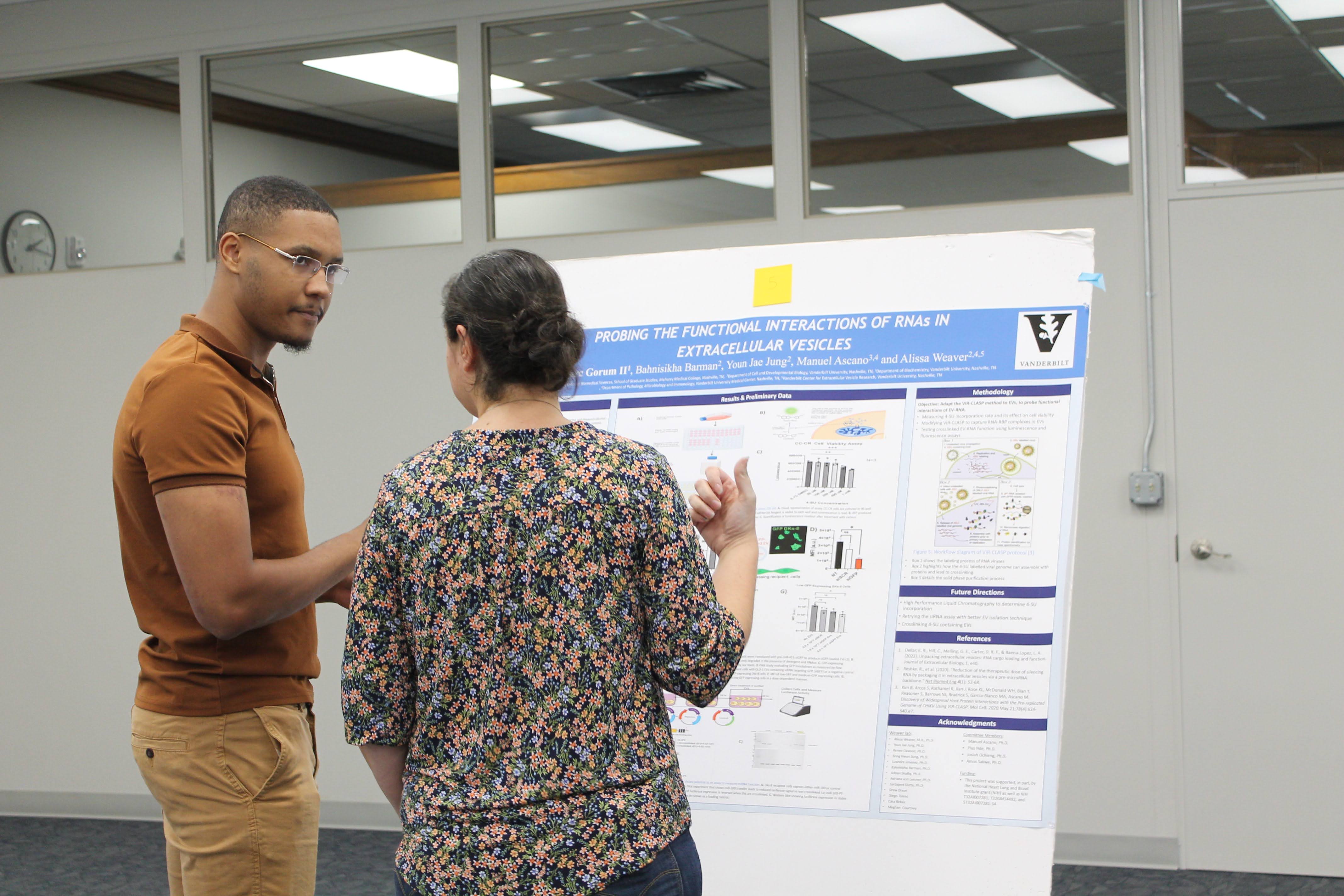
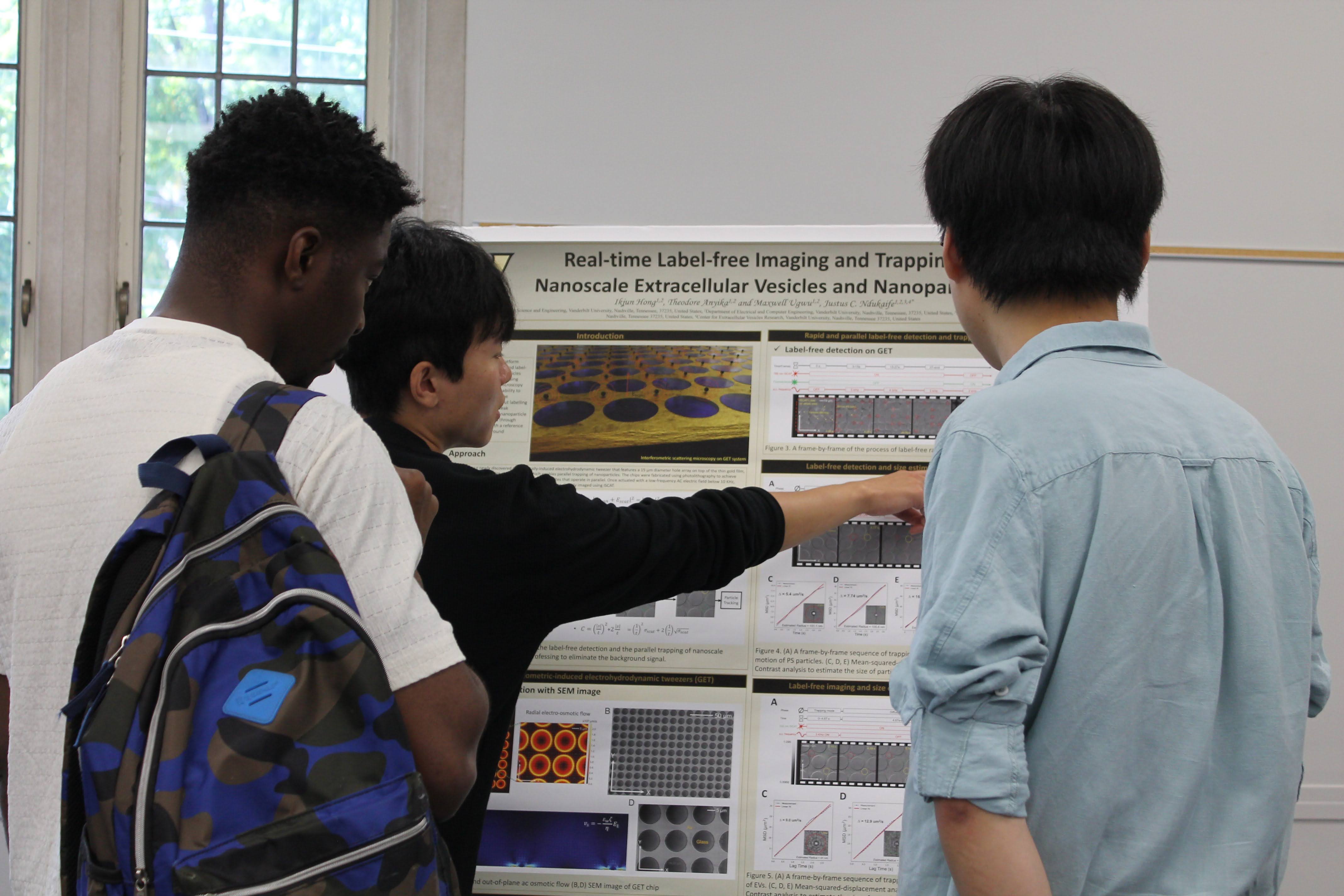
In addition to the keynote speakers, the retreat featured five talks and several poster presentations from CEVR members. CEVR members are working on numerous research projects spanning EV function, EV cargo loading mechanisms, and multi-omics EV profiling.
“I am so impressed by this EV Center,” Das said, a sentiment that was echoed by other attendees. “There were really great talks from trainees about interesting [EV] biology.”
A representative from ONI, which recently leased a Nanoimager to the CEVR, attended the retreat, presented a poster, and talked to researchers about how the instrument can bolster their EV research. The Nanoimager is capable of super-resolution microscopy and single molecule localization.
“The ONI instrument has provided a way for me to visualize individual EVs with high resolution,” Alex Blatt, a graduate student in the lab of Heather Pua, said. “The CEVR has provided thorough training [for the instrument] and consultation about technical and biological considerations for nanoimaging experiments.”
A highlight of the retreat was EV Jeopardy, which is a CEVR tradition. This year, three trainee teams went head-to-head answering questions about EV biology and CEVR scientists. EV Jeopardy never fails to help the trainees bond.
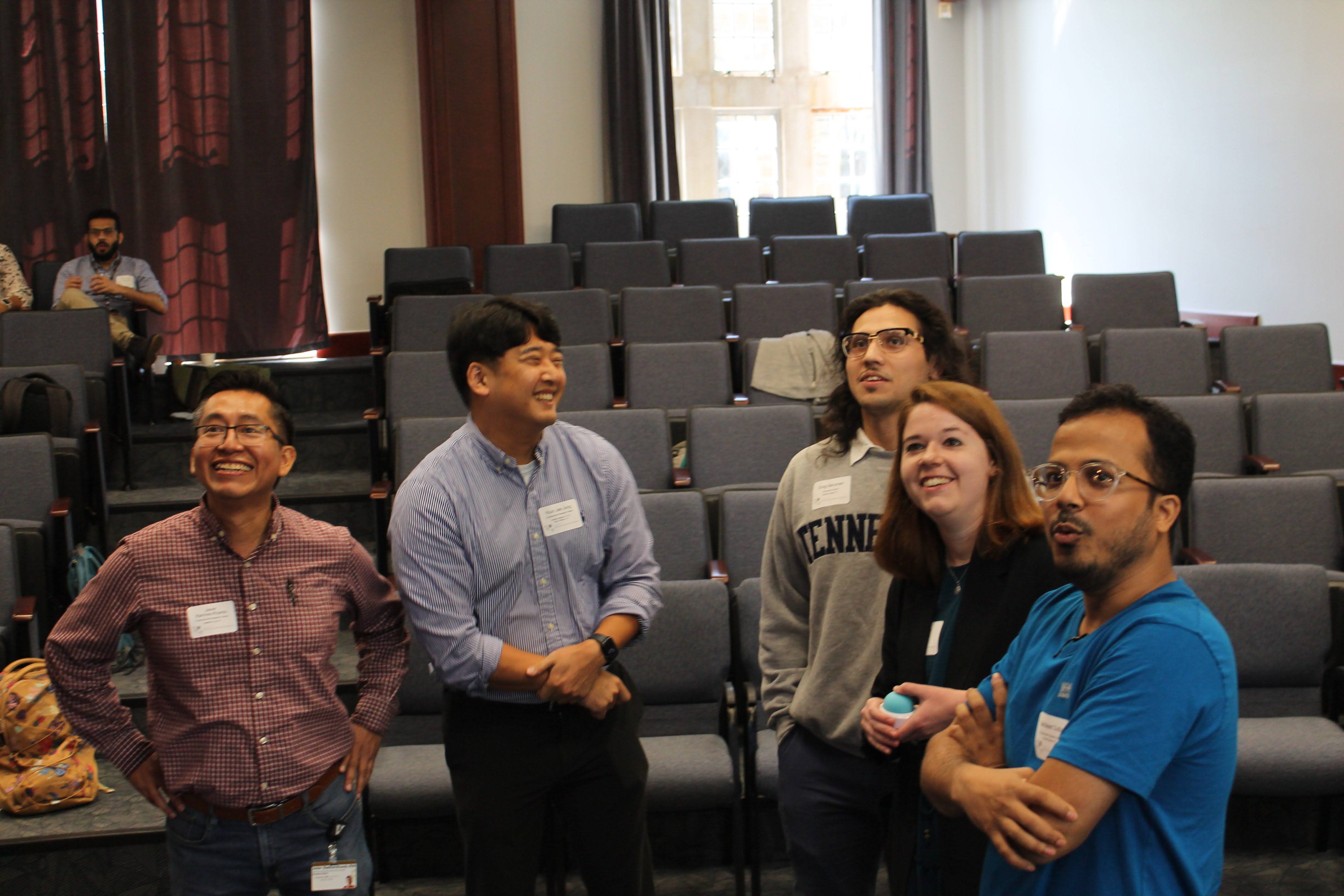
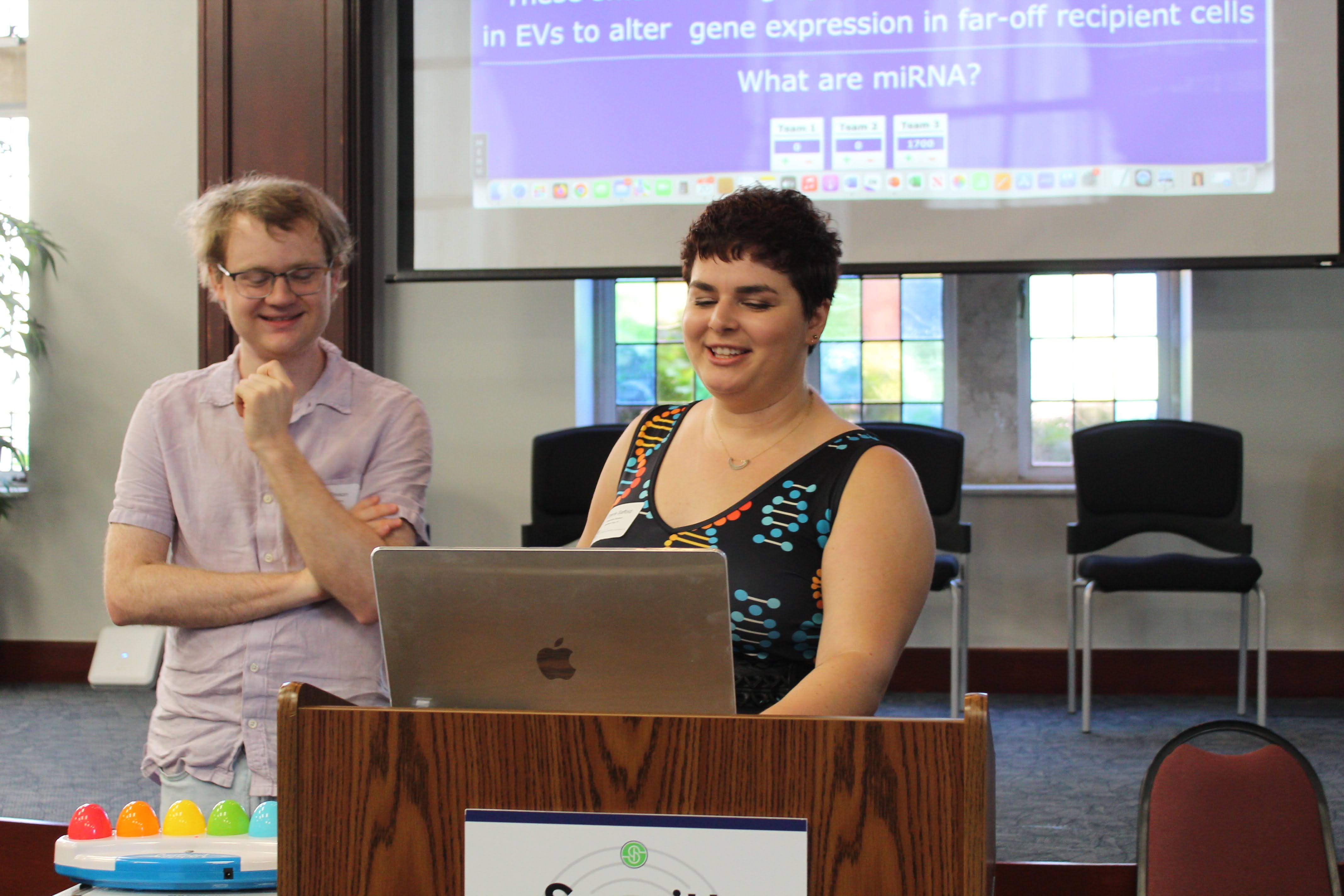
“There’s a lot of great competition and rivalry,” said Katy Bunn, a graduate student in the Pua lab and a member of the winning EV Jeopardy team. “It was fun to work with my fellow trainees toward a common goal: winning.”
The CEVR always ends the retreat’s scientific portion with a keynote speaker panel discussion. However, unlike with a traditional panel, there was a dialogue between the panelists and the audience, who worked together to tackle complex questions about EV biology. The discussion also included civil discourse about provocative and controversial topics within the EV field. This panel underscored the CEVR’s commitment to fostering a collaborative and open-minded space for scientific discussions.
The day ended with a reception, allowing participants to reflect on the day and gander at the Nashville skyline.
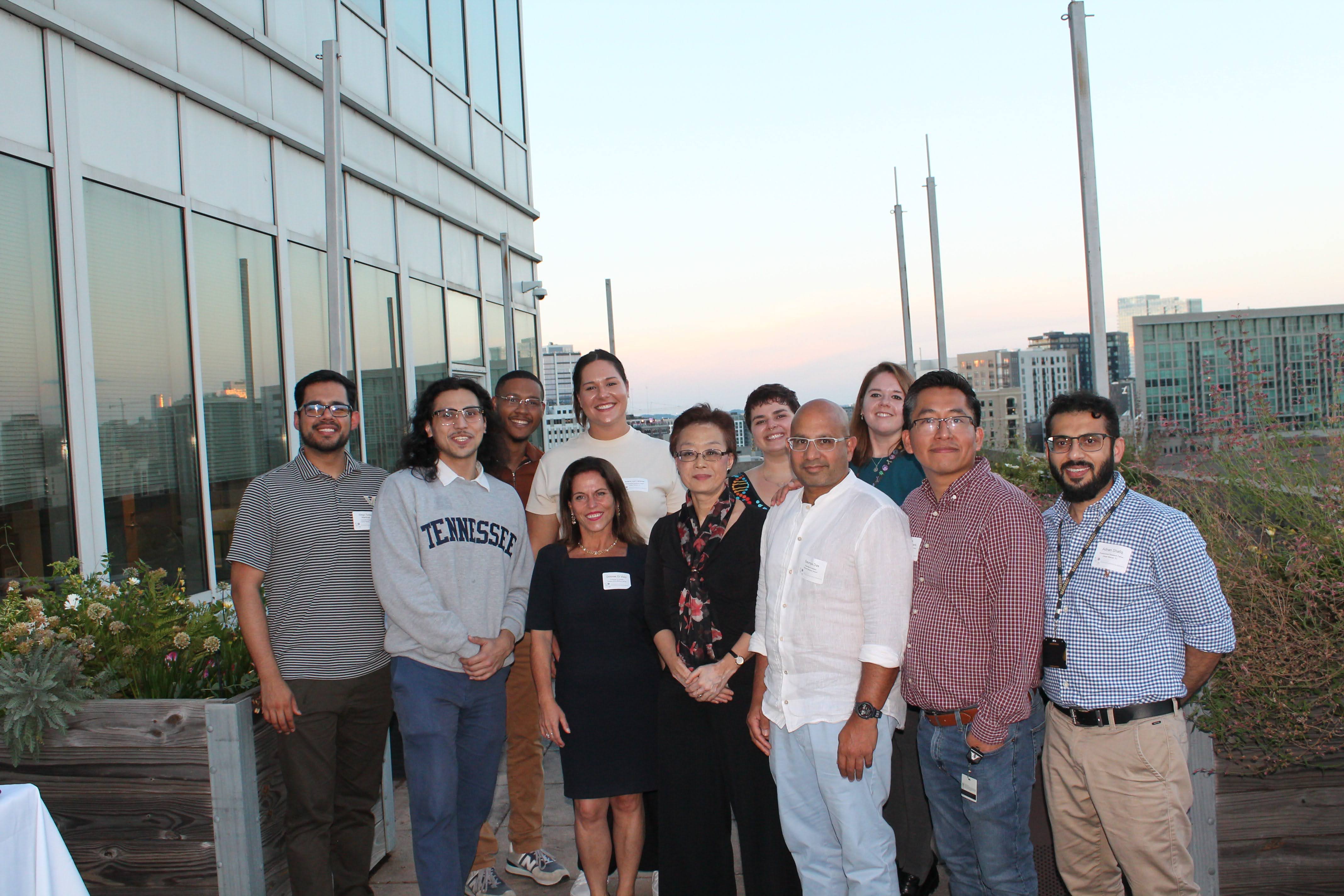

“I’m always more excited after the retreat than before because so many new ideas, connections, and techniques come up,” Weaver said.
Indeed, Vanderbilt’s EV scientists ended the day with new EV knowledge, expanded professional networks, and eager anticipation for next year’s retreat.